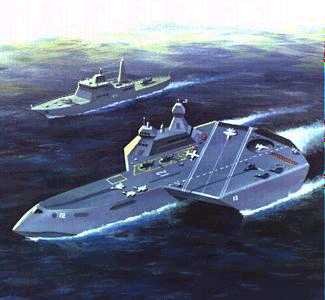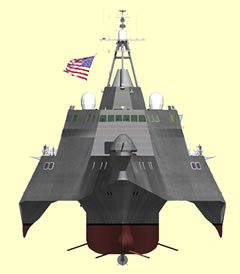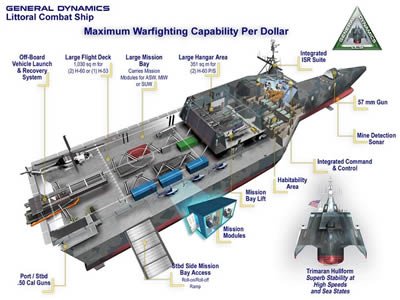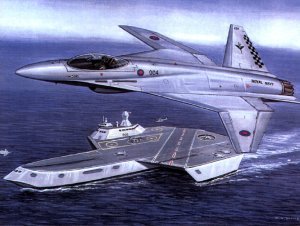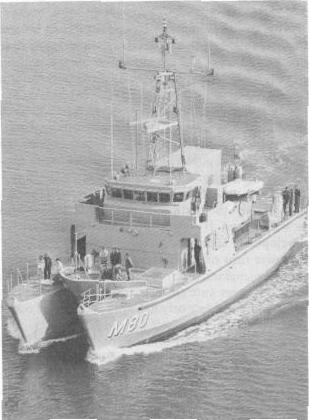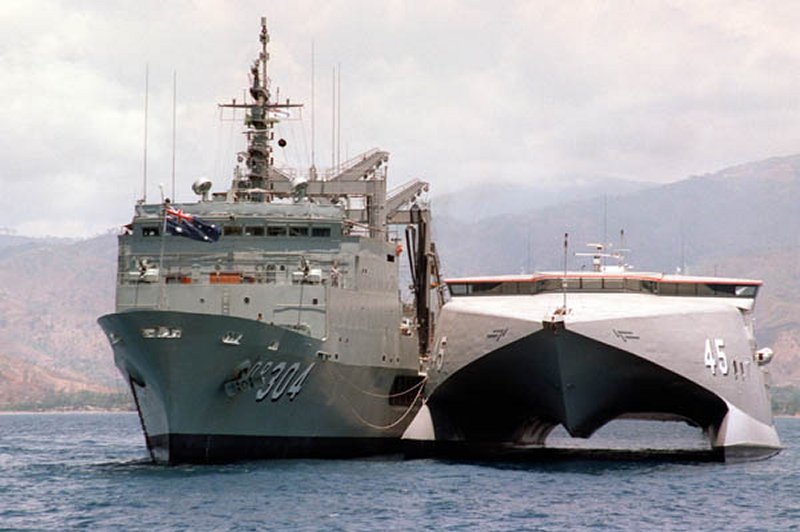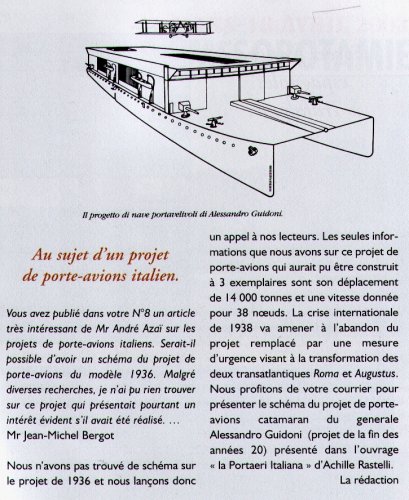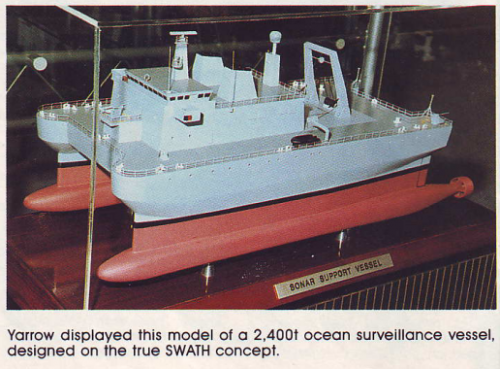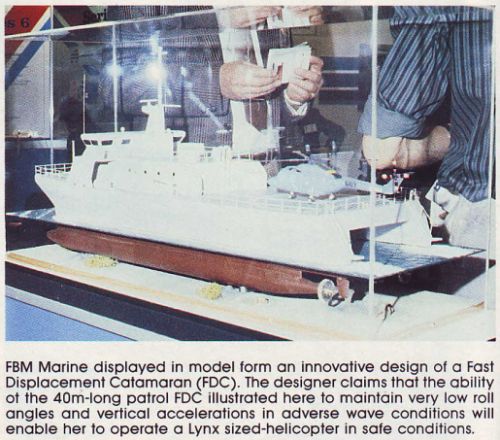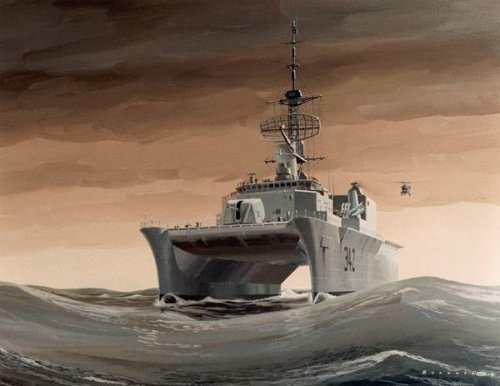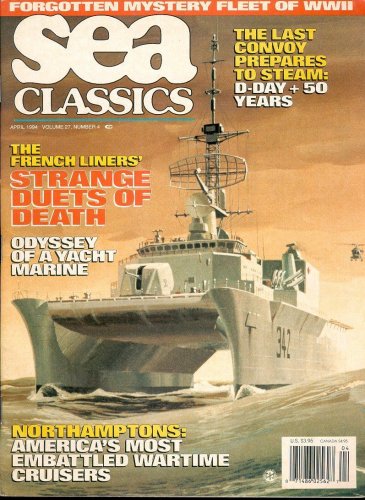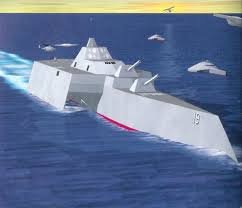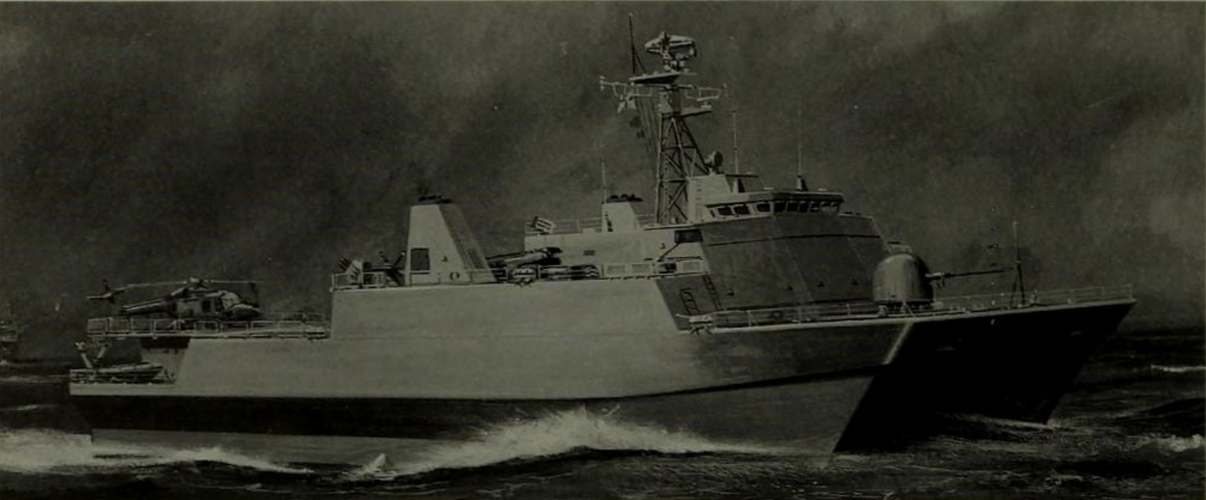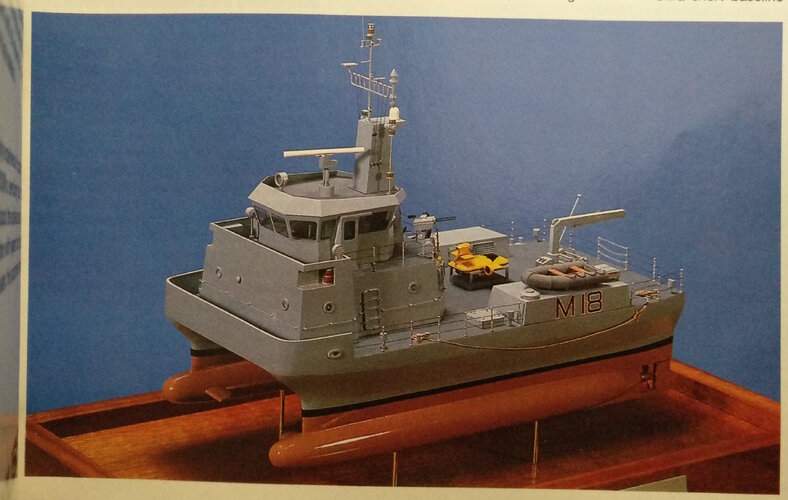Many years ago I read about SWATH being the ideal hull form for future naval ships because of their superior seakeeping ability to monohulls. There stability made them ideal for carriers according to an article I read in Proceedings of the American Naval Institute.
We breifly saw concept art for the future Royal Navy Carrier in SWATH, catamaran, and tri-maran configurations and now the HMS Queen Elizabeth and the HMS Prince of Wales are monohull carriers. The only Naval non-monohulls I can think of are the Lockheed Seashadow , the R/V Triton, and the Independence-class LCS. What happened? Do they not look like proper ships and so the Navies don't like them?
We breifly saw concept art for the future Royal Navy Carrier in SWATH, catamaran, and tri-maran configurations and now the HMS Queen Elizabeth and the HMS Prince of Wales are monohull carriers. The only Naval non-monohulls I can think of are the Lockheed Seashadow , the R/V Triton, and the Independence-class LCS. What happened? Do they not look like proper ships and so the Navies don't like them?

